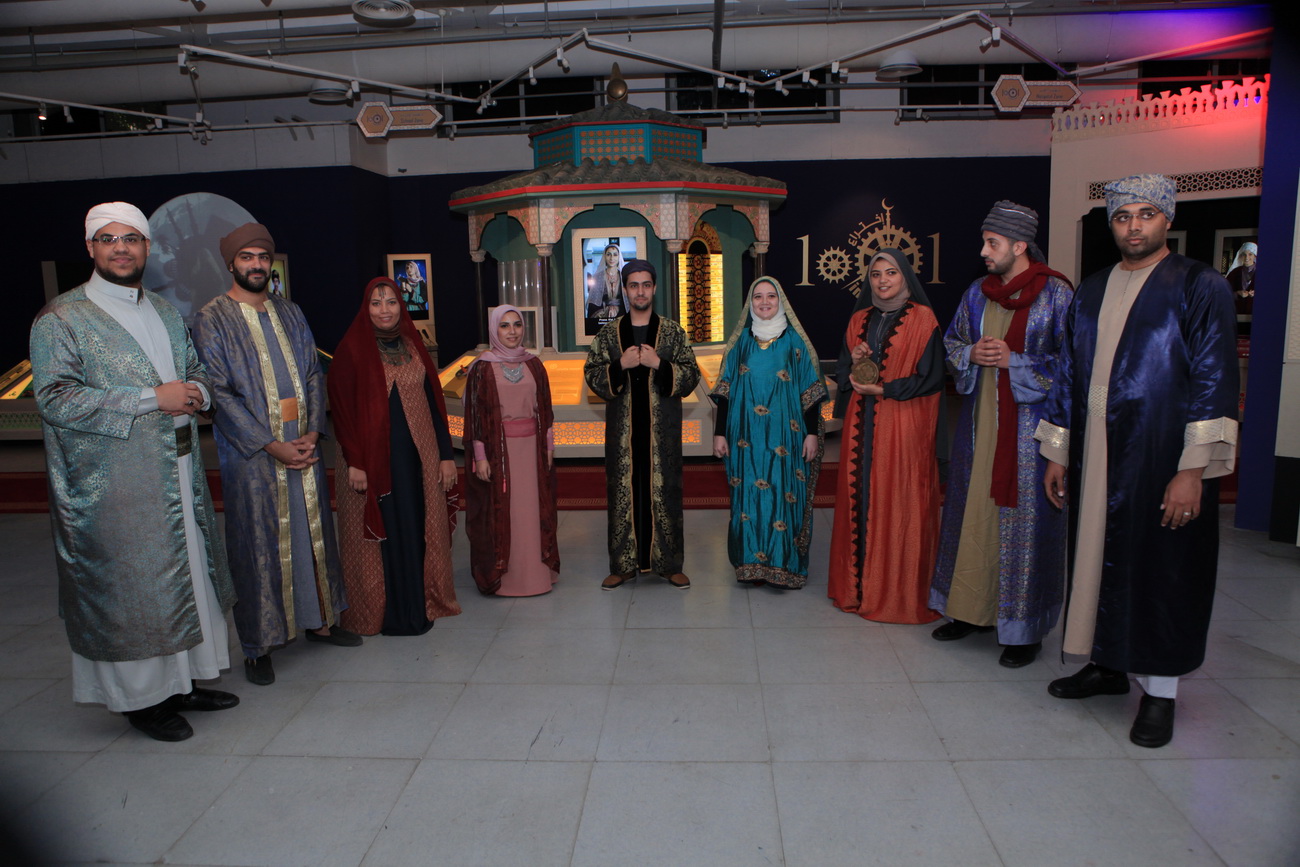Arab Muslim contribution to the human civilization has never been restricted to men; women have always had a great role in this contribution. Naturally, the humanities and religious sciences have had the greatest share of women’s contribution East and West. Indeed, the names of numerous women shine through biographies and translations, especially in the field of “Hadith”—the study of the sayings of Prophet Mohamed and his companions—reaching around 8000 Hadith female experts according to the book Tabakat Elmohadethat—The Classes of Female Hadith Experts—by Mohamed Akram Nadwy, Researcher at the Oxford Center of Islamic Studies.
However, the role of female experts has not been restricted to the Hadith. There are indeed many female experts of “Fikh”—the study of sharia law—who are mentioned in the encyclopedia Aldaw Allame Le’ahl Alqarn Altase—The Shining Light of 19th Century People—by the prominent Shams Eldin Elsakhawy; the number of mentioned female experts of both Hadith and Fikh reach about a thousand. That is in addition to famous women in the fields of literature and poetry, the names of whom are abundant in our history.
On the scientific front, which is our concern here, there have been significant women scientists of considerable influence; today, we tackle one such scientist: Maryam Al-Astrolabiya, who excelled in astronomy, mathematics, and geometry. We do not know when exactly she was born or died; it is proven though that she lived during the Abbasid Age, during the reign of Seif Eldawla Elhamadany—303-356HE/915-967CE—who is the founder of the Emirate of Aleppo north of Syria. It is also well known that she is the daughter of the famous geographer and astronomer Coshiar Eljili, who died in 420HE/1029CE, and is also known as Coshiar Elkilany after the Persian city of Acetan Kilan—one of current Iranian governorates.
Coshiar authored several works about astronomy; amongst them Risalat Dalalat Alkawakeb—A Thesis on Planetary Markers—Allame fi Amthelat Alzij Allame—Illustrious Examples of the Illustrious Zij[1]—Alzij Algame wa Albalegh—The Comprehensive and Extreme Zij——Alastorlab wa Kayfeyet Amaloh wa E’tebaroh Ala Elkamal wa Eltamam—The Astrolabe, How It Works, and Its Consideration Complete and Perfect—Almojmal fi Osul Sinaat Alnojoom—The Complete Origins of Star Making—Osul Sinaat Alahkam wa Gomalaha wa Altorok ila Altasarof fiha wa Istemalha—The Origins of Rules Making, Its Phrases, and Methods of Dealing with and Using Them. It is worth mentioning that the Library of Alexandria owns an original copy of the manuscript Alzij Algame—The Complete Zij—which was written in 577 HE, and is copied from a copy handwritten by the author himself. It is considered the oldest scientific manuscript amongst the Alexandria Municipality Library Collection, which was passed to the Library of Alexandria.

Photo from "1001 Inventions Exhibition" hosted by the Bibliotheca Alexandrina in 2015. The Exhibtion uncovers the scientific and cultural achievements made by men and women during the golden age of the Islamic civilization.
As we see, the young Maryam was raised amidst a mathematical, astronomical environment, which led to her inheriting these sciences from her father. She delved into both sciences to the extent that she became deft at their complicated equations and calculations; she catapulted from this field—the field of astronomy, now known as space science—to design and build the “complex” astrolabe.
The astrolabe science is a branch of astronomy, which is concerned with the study of simple heavenly objects, their positions, their motions, and their adjustment. It is defined by Hajy Khalifa in his book Kashf Alzonoon—Revealing Suspicions—as: “A science that researches the use of the astrolabe, to understand many of the matters related to the stars, the easiest path, the nearest weakness, revealing the height of the Sun, the horoscope, the azimuth direction, countries’ width, etc.”
It is worth mentioning that the first invention of the astrolabe was here in Alexandria, during the Greek Era, at the hands of Claudius Ptolemy in 320 BCE. Whatever its definition is, compared to its modern-day equivalent, we can say that the astrolabe is a Global Positioning System (GPS). That is how significant Maryam Aljiliy’s contribution through the invention of the complex astrolabe has been, as it is the ancestor of the GPS, for astrolabes took many different forms at her time; her invention of the complex astrolabe was, thus, of great importance in observation, location and timing determination, as well as calendar definition.
Even though she was not mentioned in detail in translations and biographies, with hardly any information about her life, how she lived and died, she contributed greatly to a scientific transformation in astronomy and the manufacture of astrolabes, so much that her legacy remains to this day.
*Published in SCIplanet, Women and Science (Spring 2016) Issue.
[1] A zīj (Persian: زيج) is an Islamic astronomical book that tabulates parameters used for astronomical calculations of the positions of the Sun, Moon, stars, and planets.